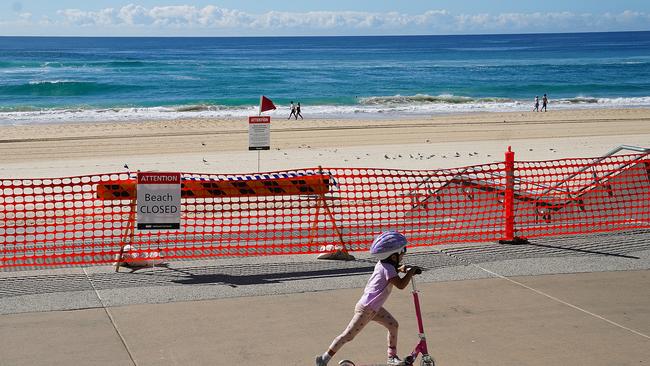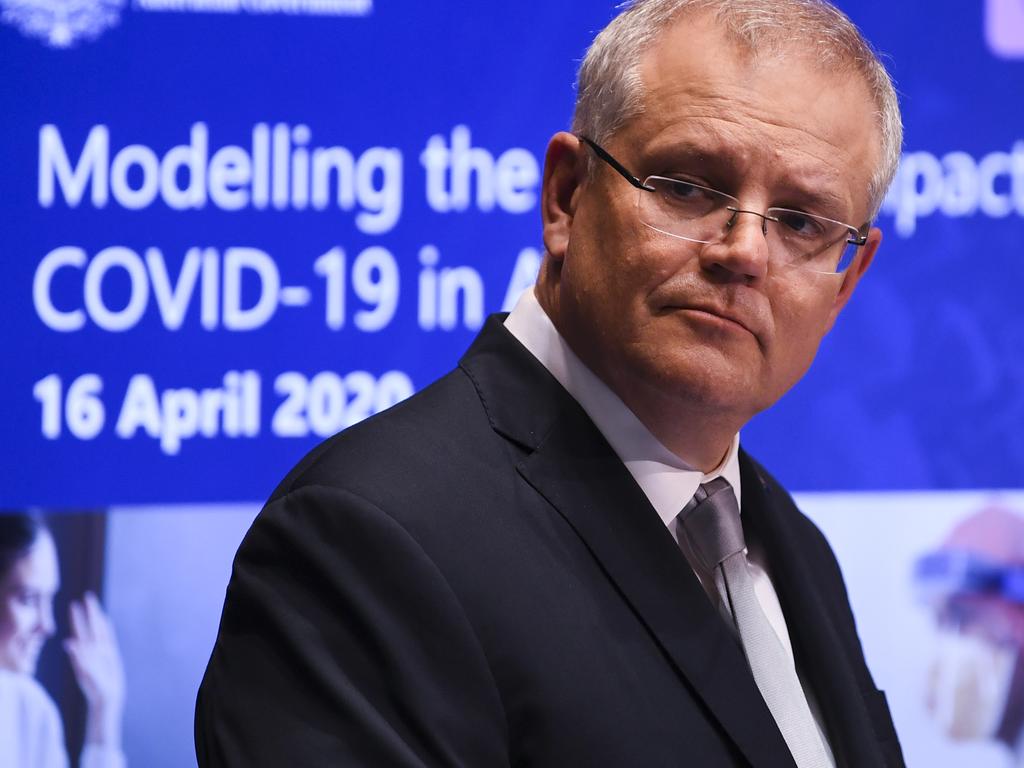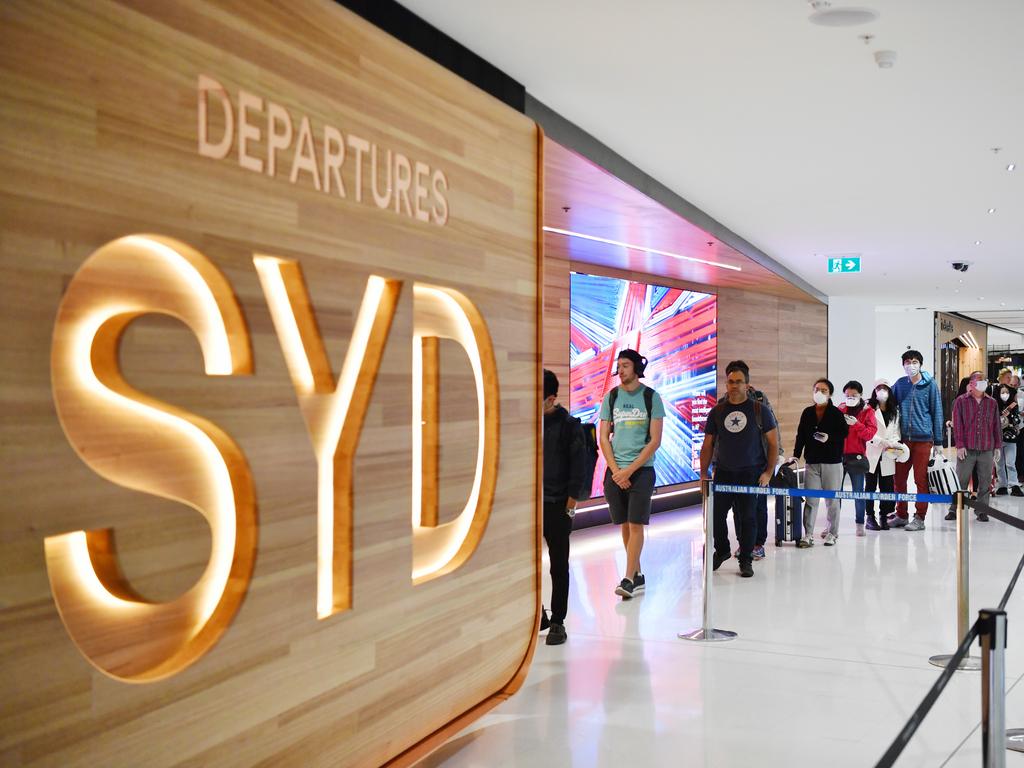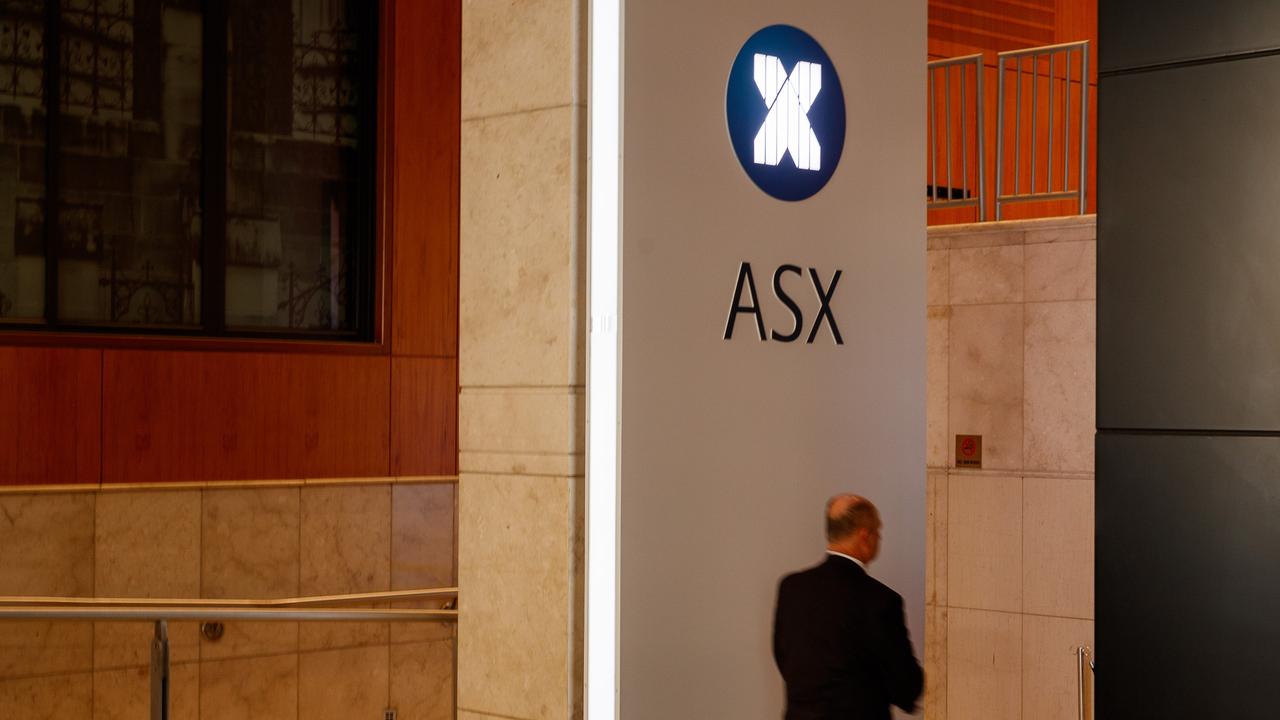Coronavirus: Actuaries say COVID-19 carriers number nearer 20,000
Actuaries tracking Australia’s coronavirus outbreak say the number of disease carriers is falling but still more than six times larger than reported.

Actuaries tracking Australia’s coronavirus outbreak believe the number of disease carriers is more than six times larger than the current reported cases.
Risk modelling by the Actuaries Institute estimates approximately 19,000 COVID-19 carriers in Australia, a figure it says is a more accurate representation of the virus’ prevalence than the current active cases reported.
Research leader, actuary Douglas Isles, said the current infection rate focus is based on deaths, confirmed cases and active cases. But the conversation needs to shift towards estimating broader community transmission.
The modelling is based on the net active cases, which is the total number of cases, less the number of deaths and recovered patients.
As at 3pm on Thursday, the total net number of cases stood at 2,698.
Mr Isles said the most recent figures would suggest the case rate is falling by about 200 per day, putting carrier numbers at around 19,000.
The calculations have been created using a constant carrier mortality rate and a constant time frame from infection to death.
‘A straightforward analysis of data available suggests that confirmed active cases hugely under-report community infection.’
The modelling applied a mortality rate of 0.5 per cent to Australian COVID-19 cases, which implies there may have been 400 carriers per day in the week of March 12 and 800 per day in the week of March 19. This has resulted in estimates of 10,000 carriers by March 19 and by April 9, more likely to be 20,000.
The stark predictions has prompted the group to call for broader testing of the general public, in order to gain greater clarity on community transmission rates.
On Thursday afternoon Prime Minister Scott Morrison indicated that more widespread testing on was high on the government's response agenda.
At present, virus testing is predominantly focused on at risk groups, often targeting people who believe they may have already been exposed to the disease.
"A straightforward analysis of data available suggests that confirmed active cases hugely under-report community infection," Mr Isles said.
"We need to talk more about estimates and monitoring of community infection."
The unknown number of asymptomatic cases has also prompted concern, with Mr Isles believing the introduction of random testing could assist in flattening the curve.
Rate of infection estimates are based on data obtained on April 9 from the Australian Department of Health. The modelling has been calculated from 330,0000 conducted tests, where 6,103 patients tested positive for COVID-19.
Mr Isles told The Australian that his “first wave” tracking of the virus’ spread indicated the country has passed the peak of the viral load period. But there was still a risk of a secondary transmission explosion if restrictions were relaxed too early, he said.
“The biggest problem and risk that we face right now is public complacency,” he said.
“Those risks need to be better understood before authorities decide when and how to relax current restrictions, an issue looming large for policymakers.”
Risk assessors have also indicated that social distancing measures would need to remain in place once shutdown restrictions lifted, as the threat of further spreading would still be present.
Actuaries Institute chief executive Elayne Grace said the working group’s evaluation of the transmission risk had been designed to gauge the potential effect on the economy, as well as the health impact.
“We are looking at community health aspects, but also how the virus impacts business sectors as diverse as health, insurance and superannuation, and how policy changes may impact individuals, businesses and communities,” Ms Grace said.
The institute’s COVID-19 working group was trying to determine when it would be appropriate to lift lockdown restrictions, she said.
“The institute established a working group to help advise its professional members, industry and policymakers, who are seeking to understand the impact of the virus on our society and our economy,” Ms Grace said.






